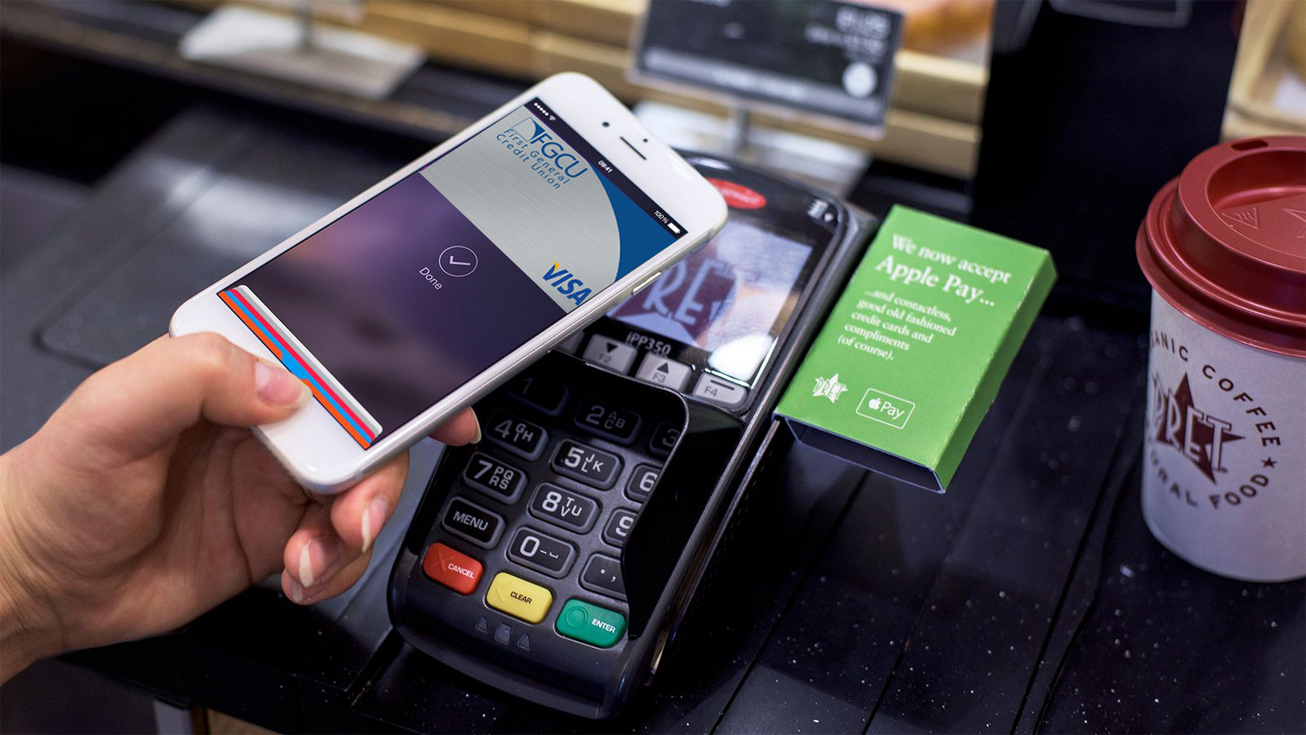Hi, I’m Adil Wali. I became a Microsoft certified professional at age 14 and started my first web development company. That led to a career as a serial entrepreneur, advisor, and startup investor. I got my first “real job” at 33, and I’m now a FinTech executive with a passion for the markets.
Design thinking

By Adil Wali , 5th Sep 2010
CATEGORIES
Creative
UX
Designers don’t just ‘throw sparkles.’
In the last post, we explored some of the differences between entrepreneurship today and ten or so years ago. As I think about how creativity and innovation seem underrated, it gets me to thinking about the way that design is perceived in most organizations.
When most people think or talk about design, it seems that they think about the classic definition that was popular many years ago. To me, this definition is more or less “the art of making things look pretty.” Or, as one of my favorite colleagues likes to say, “throwing sparkles at things.”
But, to me, design is no longer simply the art of making something look ‘pretty’ or ‘sparkly.’ It’s less about putting a good looking wrapper around something that already exists, and more about coming up with interfaces or products that solve new problems in a meaningful way. In other words, I don’t think of designers as people who simply come into the picture after all of the innovation is done. I think that designers are the very people who drive the innovation in the first place.
What is design thinking?
One of the exciting new topics I have begun to read about is called ‘design thinking.’ I recently read an article in the June 2008 issue of the Harvard Business Review by the CEO and President of Ideo, Tim Brown. It was a fantastic outline of what design thinking is all about. Here’s what I learned:
You don’t have to be a designer to employ design thinking. It’s just a structured approach to creating innovative and effective solutions to problems. In this way, anyone can be a designer of new products or services.
The Characteristics of a Design thinker
Most effective design thinkers who have pioneered the creation of new products and services seem to exhibit some core characteristics:
- Empathy: This is about taking a people-first approach. You must work to put yourself in the shoes of others. You have to think through solutions from multiple perspectives, and be willing to observe the world in minute detail.
- Integrative thinking: This is about avoiding the very typical “either or” thinking of tradeoffs in design problems. You want to embrace the contradictory aspects of a challenging problem. The secret is to try to eliminate tradeoffs by achieving a solution that tackles “both A and B” as opposed to “either A or B.”
- Optimism: Most worthy design problems are really hard to solve. You have to assume that a ‘best approach’ really does exist, no matter how hard it might be to find.
- Experimentalism: You have to be willing to explore constraints creatively, and to push boundaries as necessary. Instead of just trying to speculate your way into the best answer, you’ll want to try multiple options (perhaps all at once) to figure out what really works.
- Collaboration: Most great products are not the brainchild of a lone creative genius. Instead, they are born through the clash of perspectives of people who come from different disciplines. You have to be willing to seek out and embrace that kind of conflict.
Why should you care about design thinking?
Both my intuition and my experience seem to confirm that there really is something to this whole notion of ‘design thinking.’ It’s this kind of thinking that yields great outcomes. Anyone who wants to create really great solutions to problems should try to embrace it. Most importantly, you shouldn’t think of this kind of disciplined ‘innovation-focused’ thinking as something relegated only to designers in the back room. It’s something that should be embraced from the CEO all the way down to the individual contributors who are building a product.
Trending Posts






